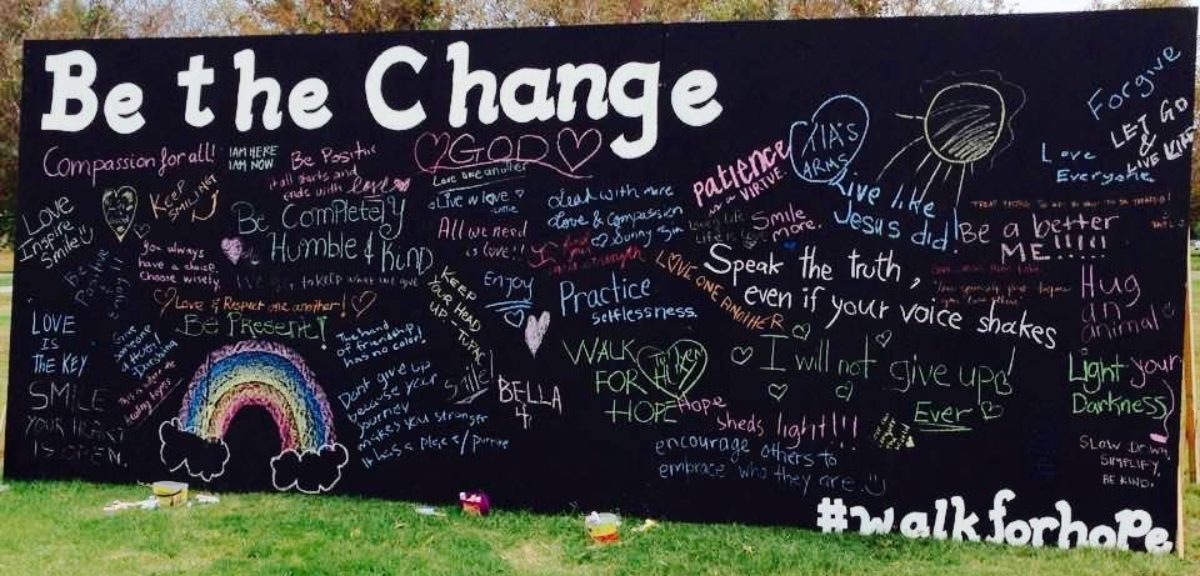Habitat for Humanity
The turnout for the Habitat for Humanity build was relatively dismal on the BTC end — only Bharti and I and a couple of other volunteers showed up. Then again, most people were on the other side of town distributing flyers for the Health Fair, it was a hot July day, we’d be doing manual labor and things just simply come up. . .whaddya gonna do?
Yet this is the nature of volunteerism, where no one is under any strict obligation to show up for a project, to participate on a regular basis or approach the meaning of service the same way. So why sign up, but not attend? Why show up, but not get to work? We’re all guilty of having done this at least once.
Personally, there are times when the prospect of doing something new and different seems too daunting — and then I get over it, while my friends look at me and ask when I’d become “such a hippie.” For them the desire is there. Society tells us to be good, responsible citizens by reaching out to our community, we collect our required number of volunteer hours, receive tax deductions, some really great photo opportunities. But what’s it really worth? Well, if Reba McEntire and Whirlpool can get behind Habitat, then so can I, in all my newfound grooviness.
Four homes are being constructed in Glendale, next to a school on Pacific Avenue. Everyday, six days a week, a new set of volunteers works on the houses. Volunteers for Habitat are not required to have any construction skills whatsoever, so of course Bharti and I got to install some stuff called “corner beading” and I learned how to hammer a nail. After two hours we’d put beading on two windows in one room. According to the foreman it was the “best beading job in the whole house.” (HA!) Slowly, but surely we did contribute something. For the most part we worked alone. Then Gilbert showed up, eager to get to work.
This is his house, and apparently we’d just put beading in what would be the kids’ room (they’re 2 and 3 years old). Another guy named Ober was also there working with the same vigor — he’d also received a home from Habitat for Humanity, and was now there to help Gilbert with his. Getting to meet the people who are benefitting from my service is one of the highlights of doing projects.
I was at a graduation ceremony a couple months ago where Father Greg Boyle (of Homeboy Industries) was the keynote speaker. He said that service should not be the ultimate end, but “kinship.” I’ve thought a lot about that idea since then, and how Compassion Cells help to further that feeling. Instead of seeing Habitat for Humanity as a construction project or community service opportunity, I’d like to compare its dynamics to volunteering itself, where we are faced with this invitation, an open door. So many people will pass through that house and leave behind a piece of themselves, an imprint through their work. Conversely, if their experience is anything like mine, they will have the opportunity to meet people like Gilbert and Ober. They will let others into their homes, their hearts and take something with them at the end of the day. I was not only there to help remedy the housing shortage, or help a low-income Hispanic family fulfill a seemingly far-fetched dream. Everytime I pass that house I’ll remember that experience. I’ve never been handy around my own house, nor especially enthusiastic about working in the heat. I am not always energized or optimistic about life, but I realize that those are the times when I need to get out and volunteer the most. It’s part of my humanity, and as others take the same step forward, they too will inhabit that space of kinship and compassion, finding themselves welcome to build together something truly beautiful.
